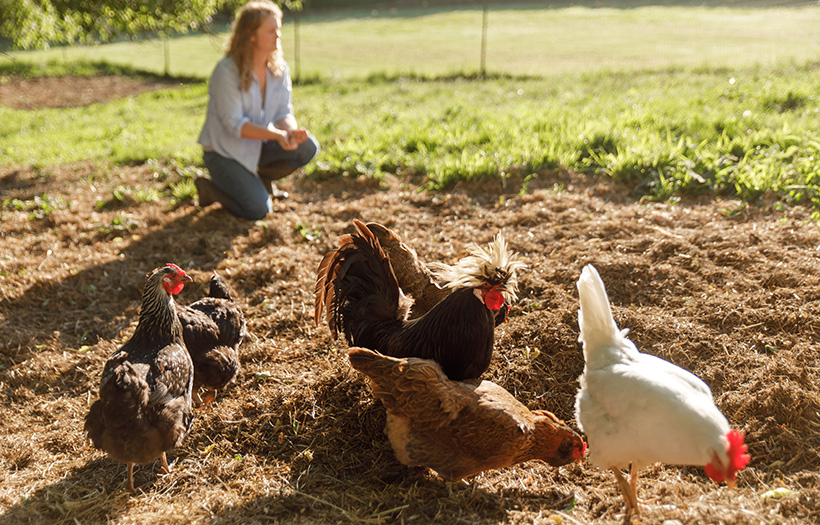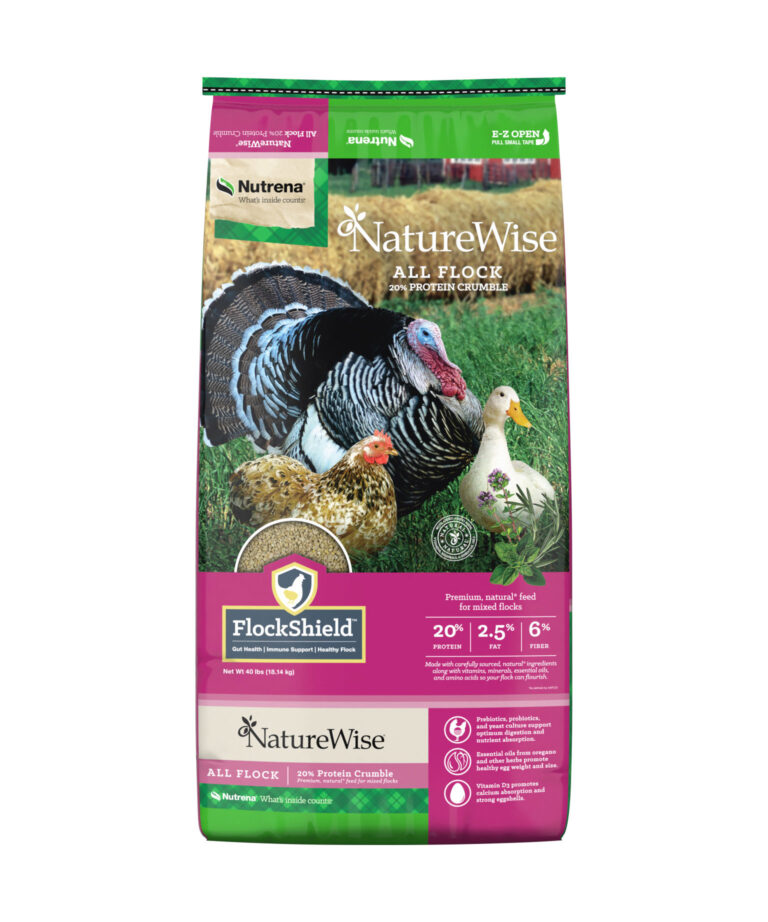Mixing Poultry Breeds in Your Flock

Thinking About Mixing Chicken Breeds? Here’s What to Know.
If you’re ready to add some variety to your backyard flock, mixing chicken breeds can be a fun way to explore different personalities, egg production levels, and appearances. But not all chickens get along, and some have special care needs. A Nutrena poultry expert shares practical advice on choosing breeds, feeding strategies, and avoiding common flock issues.
Table of Contents
Key Takeaways
- Mixing poultry breeds offers variety, but consider compatibility and care needs for a harmonious flock.
- Recommended breeds for mixing include Naked Necks, Wyandottes, and Sex Links due to their friendly nature and productivity.
- Bantams can be a fun addition, but ensure they have space to avoid bullying from larger breeds.
- Avoid mixing Cornish Cross and Polish chickens with others due to their special needs and potential for conflict.
- Careful feeding is essential, catering to the specific needs of each breed for healthy growth.
Which Chicken Breeds are Great Together?
Once you’ve tried the standard starter breeds, it’s natural to want something new. The Nutrena poultry expert recommends friendly, productive layers like Naked Necks, Wyandottes, and Sex Links. These birds are known for their strong immune systems, high egg output, and easygoing nature. While Sex Links are hybrids, they’re smart and reliable making them perfect for a mixed flock.
Are Bantams a Good Fit for Your Coop?
Bantams are the pint-sized versions of standard breeds—think of them as the ponies of the chicken world. They’re adorable and full of personality, but they don’t always mix well with larger birds. If your chickens are confined, bigger breeds may bully the bantams. If you’re set on bantams, make sure they have space to escape or consider housing them separately.
Breeds that Don’t Play Nice
Some chickens just aren’t meant to be part of a mixed flock. Cornish Cross meat birds grow fast and have very different dietary and space needs. They’re best raised separately. Polish chickens, with their fancy crests, have limited vision and often get picked on. While they’re fun to look at, they may not thrive in a diverse coop.
Feeding Tips for a Mixed Flock
Feeding different breeds doesn’t have to be complicated, but it does require attention. Cornish Cross chickens need a dedicated meatbird diet to support their rapid growth. Bantams, especially chicks, do best with finely ground crumble feed. Adjust your feeding plan based on breed and age to keep everyone healthy and growing properly.
Final Thoughts Before You Mix It Up
Mixing chicken breeds can be a great way to enjoy a colorful, productive flock—but it takes planning. Consider space, breed compatibility, and feeding needs before adding new birds. With the right setup, your flock can be both happy and harmonious.



